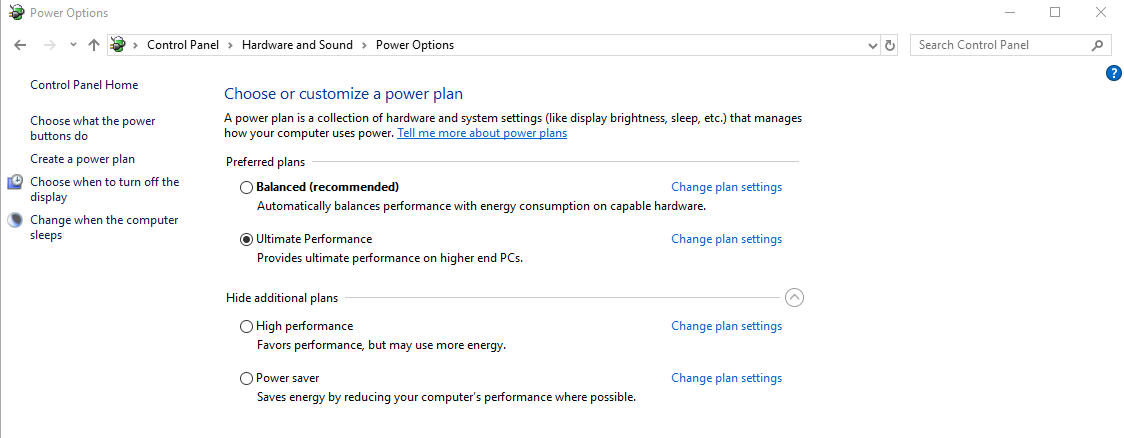linux.alucard
Weaksauce
- Joined
- Jan 31, 2016
- Messages
- 65
I noticed the EKWB heatsink on the rear-mounted M.2 SSD in the third photo. On my son's computer I had to remove it because the height of the M.2 socket was too low and the heatsink's clips were making contact with the motherboard and the computer wouldn't boot. Afterwards, EKWB added a minimum M.2 socket height specification of 4.2 mm to the product's information. The webpage includes a link to images of M.2 sockets of 3 different heights, 4.2 mm, 3.2 mm, and 2.25 mm.
You have to drill the back cover
![[H]ard|Forum](/styles/hardforum/xenforo/logo_dark.png)
